Its been quite some years in Europe but Rome was dodging me and I was dodging Rome. So when I took an hour flight to the city rich in history I knew it would be an enriching experience.
Well if Rome was not built in a day it can definitely not be captured in a post. In a two day trip I definitely had to cover the two most magnificent structures The Colosseum and the Peters Basilica.
I reached on a rainy evening not the best to capture the Colosseum at night but that was my only chance so I picked up my camera and left my hotel (I stayed in one of the most offbeat studio apartment in the heart of the city, it was luxurious and very unique).
So more on the colosseum, the Colosseum, which was originally named Flavian Amphitheater, is the most impressive building of the Roman Empire and the largest building of the era. It is also considered as the greatest work of Roman architecture and engineering.
Colosseum is an elliptical building measuring 189 meters long and 156 meters wide with a base area of 24,000 m² with a height of more than 48 meter. It has about 80 entrances and can accommodate 50,000 spectators. And it would take only 15 minutes for all spectators to vacate the venue after games were over. (the guide while explaining this also grumbled saying the people who came to watch the games were luckier than us as now there is only one entrance and takes an hour due to security reasons).
Construction of this huge edifice started in 72 CE and was completed in 80 CE. Just 9-10 years that’s all.
In 847, the southern side of the Colosseum collapsed because of a devastating earthquake. It looks magnificent even now but can image how it would be in its full glory.
The Colosseum was used for gladiatorial contests and public spectacles such as animal hunts, mock sea battles, re-enactments of famous battles, executions and dramas.
During the inaugural games of the Colosseum in 80 CE held by Titus, some 9,000 wild animals were slaughtered.
In 107 CE, Emperor Trajan is said to have celebrated his victories in Dacia with contests involving 11,000 animals and 10,000 gladiators within 123 days.
It is estimated that the games played in the Colosseum for hundreds of years have taken the lives of about 500,000 people and over a million wild animals.
The last gladiatorial fights occurred in 435 CE and the last animal hunts stopped in 523 CE. It was primarily due to the cost of procuring animals and gladiators and maintaining the expensive facility. (more on Gladiator just in a bit).
The total amount of marbles used for the construction of the Colosseum was estimated at 100,000 cubic meters.
Elton John, Billy Joel, Paul McCartney and Ray Charles were some of the few famous singers that performed at the Colosseum.
And more on the Gladiator fights:
Gladiators were slaves who were given a chance to fight other gladiators or fierce animals and huge bets were laid on them, if they won they would be freed. Successful gladiators were the movie stars of the first century – so famous that free men queued to take their chances in the arena. Bloody, brutal but popular, gladiatorial contests are often seen as the dark side of Roman civilization.
The games were so popular that successful gladiators could become extremely rich and very famous. As a result, while most gladiators were condemned criminals, slaves or prisoners of war, some were freedmen who chose to fight, either as a way to achieve fame and fortune, or simply because they enjoyed it.
Naturally, it was a dangerous career with a high turnover. The few lucky ones would survive years in the arena and retire. Some would then become instructors at gladiator training schools, controlled by the state so that they couldn’t be used to train private armies.
The games took place in amphitheaters. Gladiators would be sent to the arena – named after the sand which covered the ground and soaked up the blood – to fight to the death before cheering crowds of thousands. As the contests became more organized, gladiators became more specialized. There were five types of gladiator, each with their own unique weapons.
The Mirmillones were heavily armed and wore helmets decorated with fish, while the Thracians carried just a shield and scimitar, making them much quicker on their feet. The Retiarii were armed with just a net, a long trident and a dagger, and the Samnites had a sword, an oblong shield and a helmet with a visor. Finally, the Bestiarii fought wild animals.
I was left amazed at the need of brutality as a part of entertainment but at the same time I was spellbound at the deep rooted history this city and the walls of the city held. My take do visit Rome for its untouched charm, rich history, Italian food and wine, you will love it and would definitely say Rome was not built in a day.
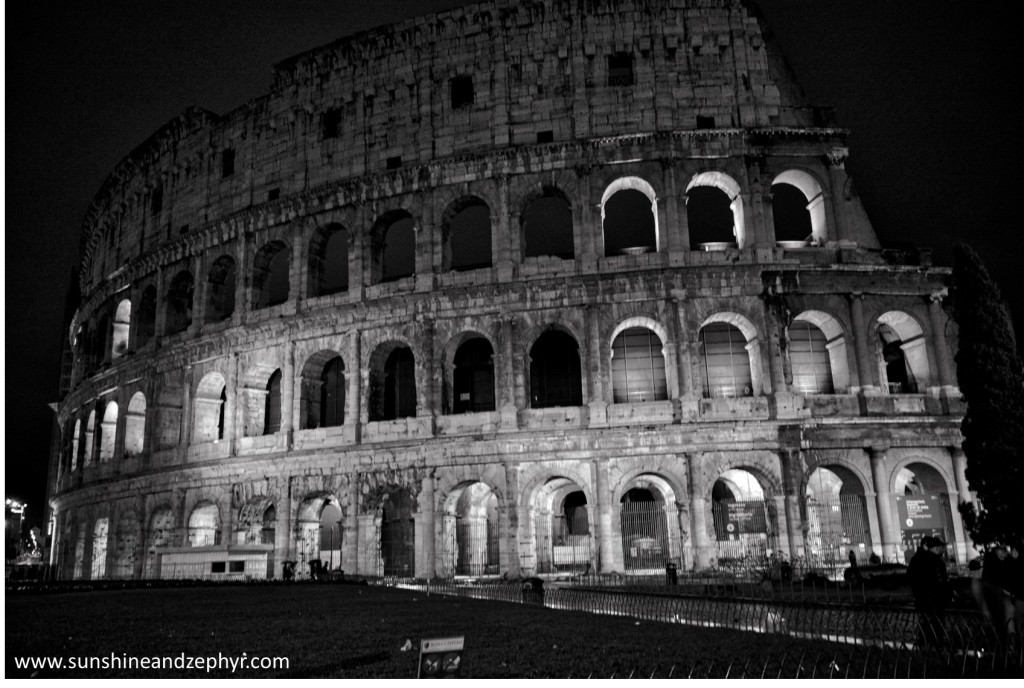
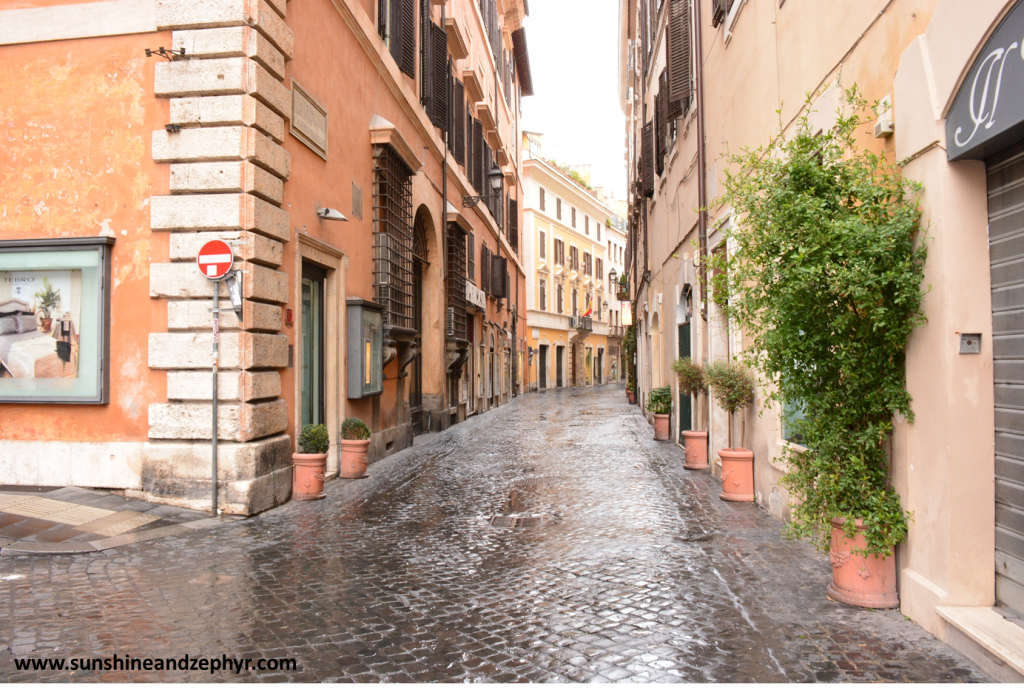
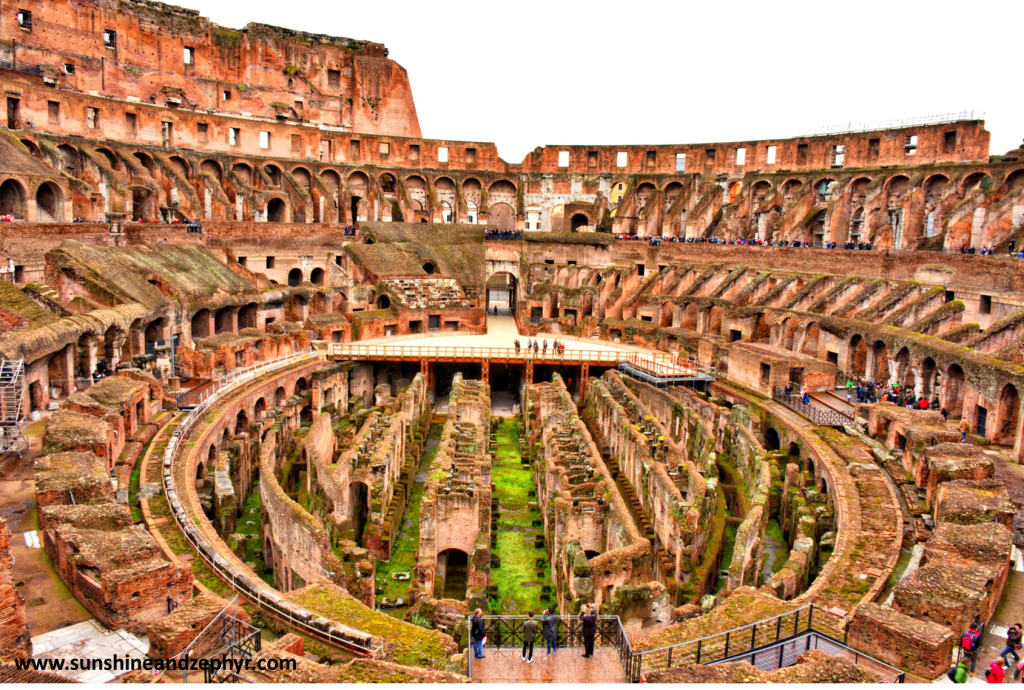
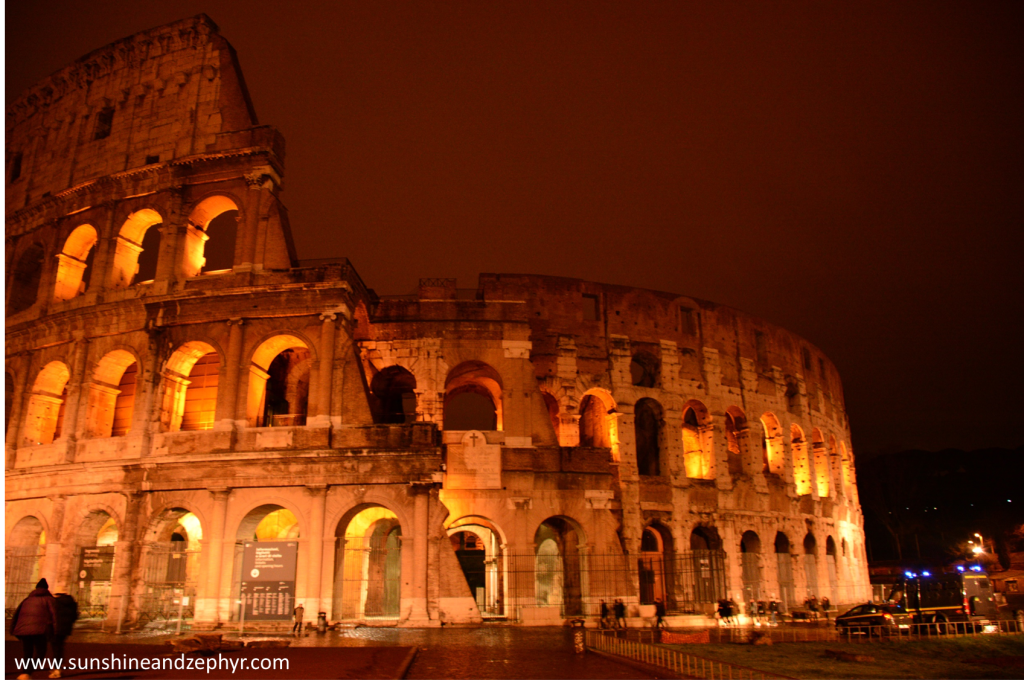
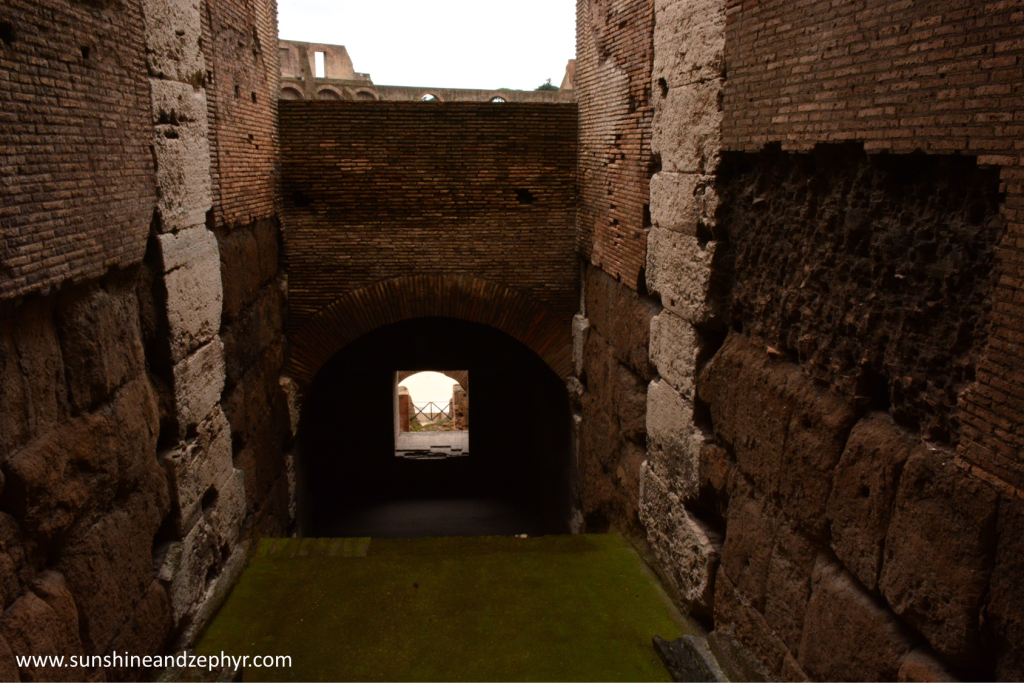
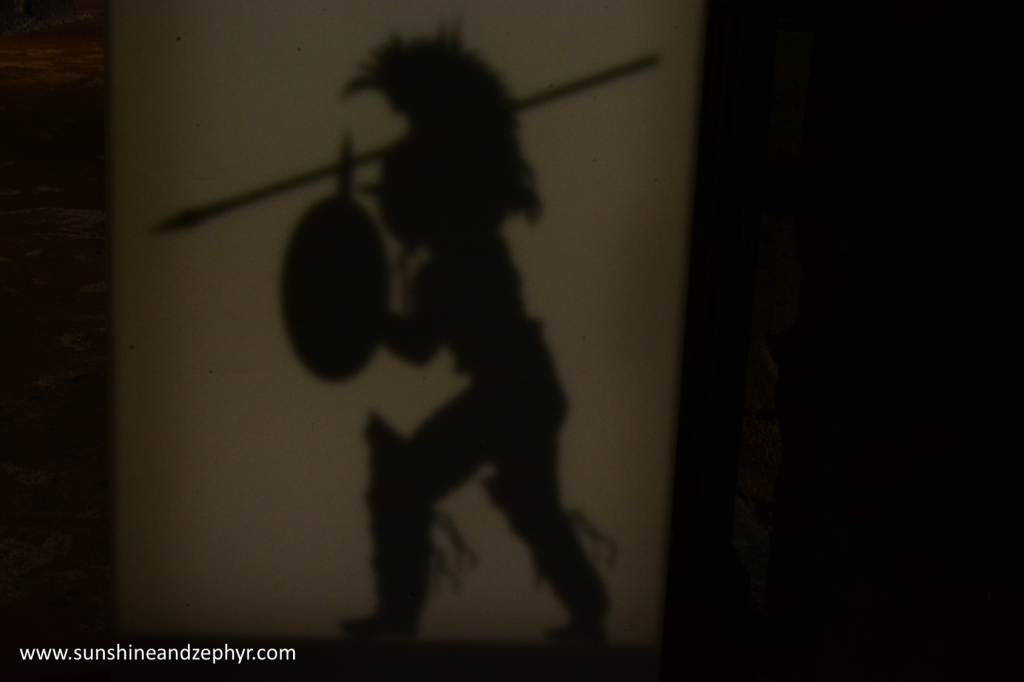
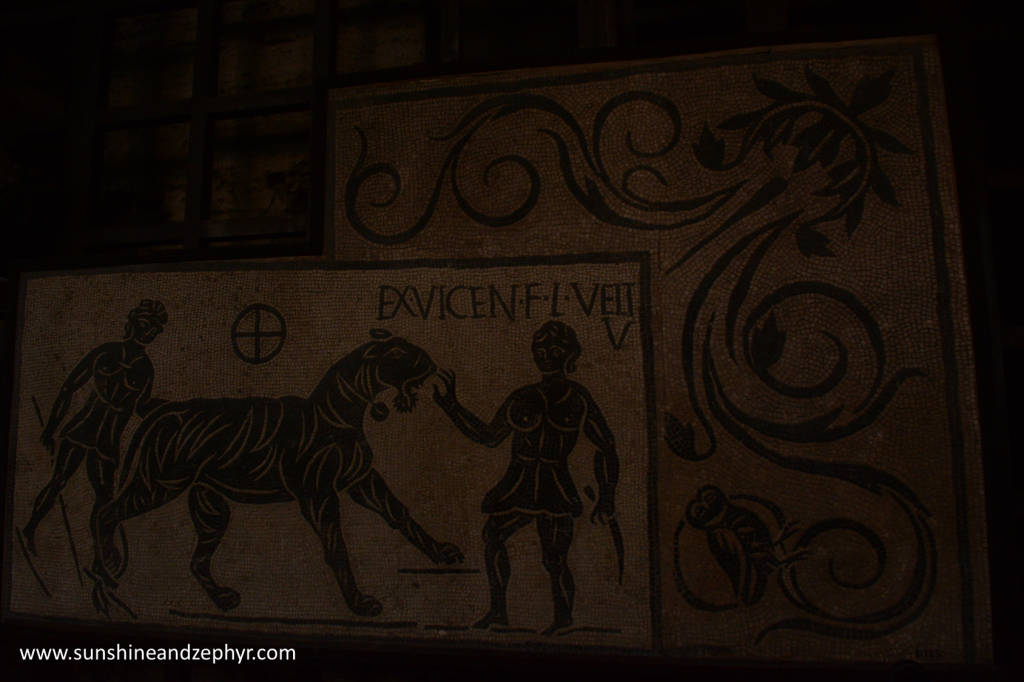
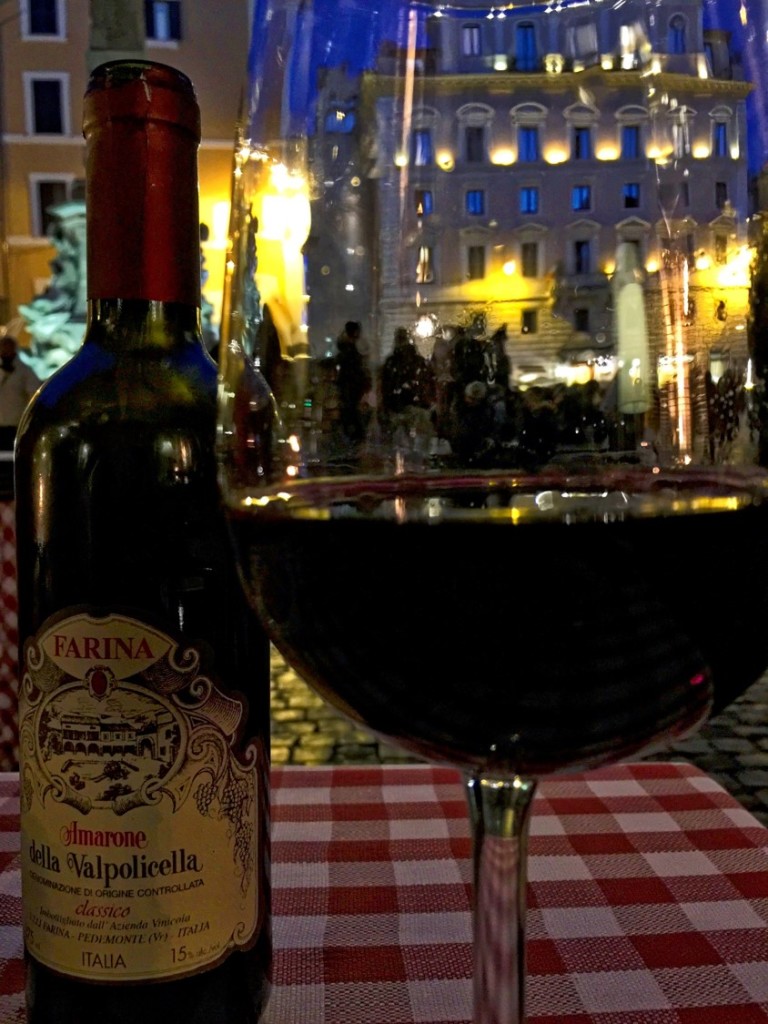
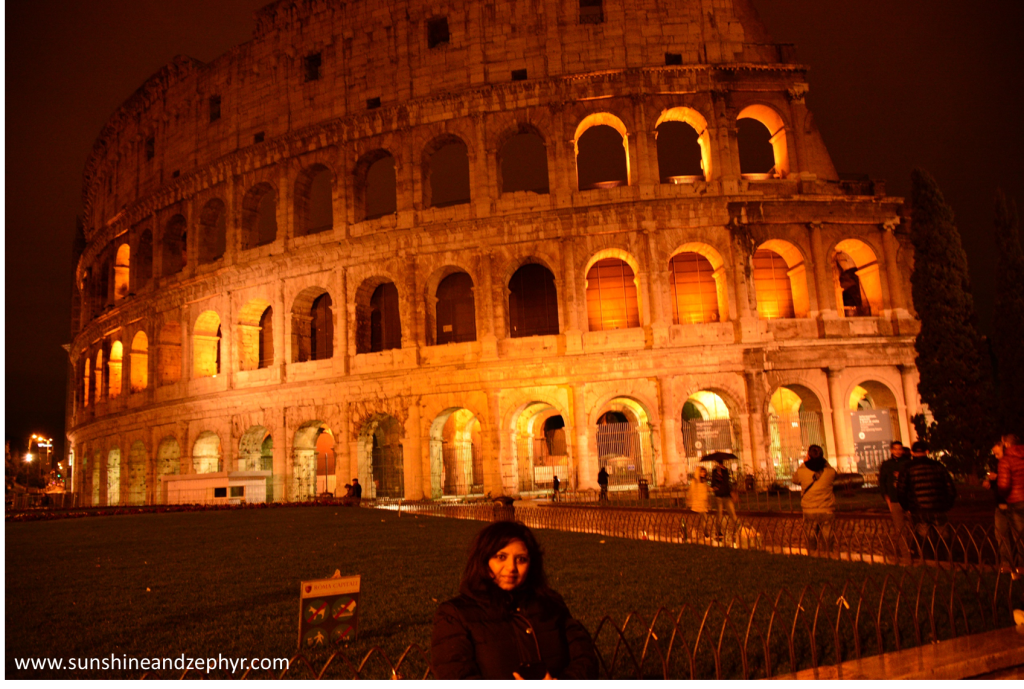
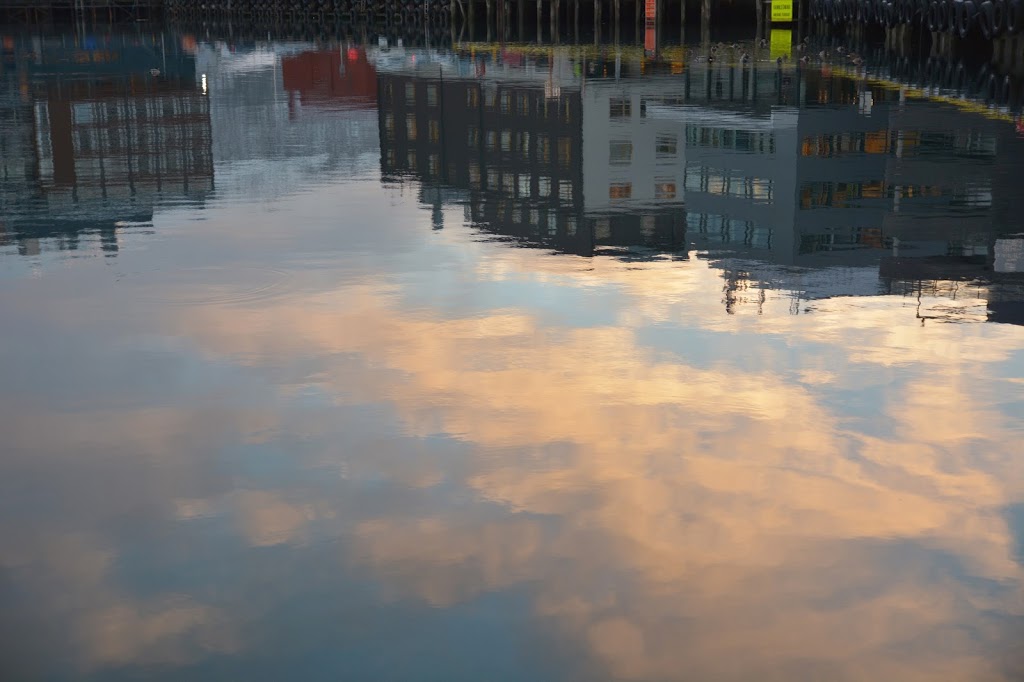


The pics look amazing and lots of information there 🙂 I love Rome for it is rich in history and has an alluring aura for me (never been there 😛 ) Someday, I will go again and will make sure to drag you along 😛 Seeing the pics..definitely want to go there now!
The Colosseum pic looks spectacular Ananya 🙂 An hour away and u didn’t go yet? :O
I will surely come with you Shashank if you be patient and not make me run around a lot 🙂 The Colosseum to watch in real is a treat! I sense you will fall in love with the place. Its your taste as in totally AMS types! I know just one hour and I didn’t go and btw did you know Ibiza is just 2 hours flight from Basel? now say!!
U don’t think that I would stay still at such an amazing place, now do you? 😛
lbiza is one breathtaking place.. so many places to visit.. u better habituate to run along 😉
We can have two thoughts on that, one, yes, wouldn’t be in one place trying to make the most of the travel and second which may be I know better is stand still absorbing the moment in to lock it for life, https://embarkwithmythoughts.wordpress.com/2015/03/07/light-in-dark/ need I say more 🙂
P.S. Have my sneakers ready 🙂
I can only say…WOW..
The della Valpolicella is tempting…. 🙂
So you noticed it, that one of my favorites in red wine Utpal, a bottle for you on my next India visit for sure 🙂
Awwwww…Thank you…:) I love wine… 🙂
A very interesting Topic well presented thru’ beautiful Photographs of Ancient Architecture! Thanks for sharing….
thank you Sreesharji, happy you liked it 🙂
Hi Shweta at last u got time to upload ur pic heheh 🙂
Rome is beautiful full of history .. and u have explained very well ..
Will definatley visit Rome for sure.. Simply Beautiful 🙂
Have a wonderful day ahead
Keep smiling 🙂
Thanks Bhavik, yes was being very lazy on this one 🙂 Thanks and happy you liked the post. 🙂 Well smiling already.
These are such beautiful photographs of a city that literally drowns in so much of architectural beauty. Your write-up makes for an able companion and together, the photos and the prose unfurl the essence of Rome!
Thank you Garfield, happy to see such a response. Glad you liked it and welcome to my blog.
Really Great Pictures!! Each picture is a telling a story and saying ‘from hundreds of years I am standing here and seen all those good and bad human beings’. The same story goes with with our long standing Indian forts and various monuments!!
Can’t agree more, every old architecture is unique and has a great story to tell. The only thing I feel sad about is that monuments in India are not well maintained and well marketed, we have beautiful gems in our country.
Great pictures with historical facts. You like travel writing as well? First time, seen in this space.
Oh yes, I love to travel and fortunately being in Europe, i get an opportunity to see wonderful places around Vishal. You should check the travel section of my website am sure you will like it 🙂
Will do for sure.
I so much want to visit Rome and Venice.. And though i don’t like the concept but ‘Gladiator’ as a movie is my favorite 😛 Lucky you 🙂
Rome amazed me and Venice surprised me, as Venice is all on water and still the life is to abuzz. You feel the romance in the air in when in Venice and the bylanes to walk are great too. So plan a trip soon 🙂
ah 🙂 reminded me of my visit to the Colosseo when I was studying in Europe.
Lovely pictures Shweta 🙂
Thank you Aarchana and welcome to my blog 🙂
Nice to see this iconic structure through your blog. And Shweta, these pictures are simply awesome!!!! Love these images.
Thanks Divya, and did i miss you around for long? Thank you once again for liking the pictures 🙂
I’m not sure how beautiful is The Rome(I haven’t been there) which was not built in a day but the pics you’ve taken at night, added to their beauty! That’s a wonderful post and research I must say.. Go ahead champ! One Life to Live!
Thank you so much for liking the pictures Sankeerth, truly one life to live when it comes to travelling. Well next destination is Iceland…game?
Of course, mam 🙂 🙂
Amazing pictures dear! You do travel blogging with such finesse 🙂 Loved the details. Hope I’ll visit these places too some day…#bucketlist 😀
First on your bucketlist should be Basel, Switzerland…I am here and you got to be here then we go wherever you like 🙂 Thanks Maniparna, travel blogging is happening naturally may be the experience makes it unique 🙂
Love the pictures and description of Colosseum. Magnificent! Thank you for sharing such wonderful images and historical information.
Thanks Moon and most welcome, its comments from regular friends that make me write more and make my day!
It should have been awesome to stand in a place filled with so much history… Incredible place!
Indeed babe….I truly enjoyed it and I loved getting wet in the drizzle too it was awesome 🙂
It is Nice to see this iconic and amazing structure through your blog. And Shweta ji, these pictures are simply awesome and beautiful! great post ultimately
Thank you Yogiji, am really happy to see such nice comment from you 🙂 thank you once again.
Hey girl ! Now thats sure some travel blogging 🙂 Loved the third image a bit more as generally its the outer view which is popular … courtesy GK books of my kids 😛
Cinsidering the amount of info you might be having, its an informative yet concise post .. A feat !
loved the info about 5 types of Gladiators and your narration is awesome – “Well if Rome was not built in a day it can definitely not be captured in a post.”
lol 🙂 😀
love n wishes… waiting for more 🙂
I remember your nudging me saying I don’t see a lot of travel posts from you these days so this is for you babe! And as always you motivate me the best…more will surely keeping coming 🙂 hugs and love 🙂
Lovely description! Plan to see it this year end:)
Have heard winters Rome is romantic, should be a great time to go, all the best Rahul 🙂
interesting and beautiful pics
Thank you Aroraji 🙂 bohot dino baad, feels nice to hear from you 🙂
Now , you have successfully made me want to go to Rome!
Love the post. You are a good travel blogger.
🙂
Wow am happy you find me good in travel blogging, not my core competence though 🙂 And am super happy I made you go to Rome 🙂
Wow! Loved the post. Travelling to Rome has always been in my bucket list and your post intensified that wish. Beautiful pictures 🙂
Thank you Purba, do plan soon…it’s a lovely place indeed.
And the Roman Gladiators became Cricketers one day but the betting and the rewards are different now…… LOL!
Nice and historic writeup Shweta.
Thats an amazing analogy Fayaz! and quite true too. Happy you liked it 🙂
Great pics and post Shweta .It really is very true-Rome wasn’t built in a dayP)
Thank you Sunaina 🙂
That’s so cool, Soul-sis! Great pics & info.
Nice that you finally got to visit.
Rome is in my list 🙂
And I am waiting since last year to welcome you, make a trip soon soul-sis.
Yay! Lovely invite! So warm & sweet!
Looking forward! Some day we’ll meet! 🙂
Wonderful description of Rome. Awesome photography. Difficult to choose one fav pic. A great post indeed 🙂
Thank you Ravish, were you kidnapped by any chance or were so busy reading Arjuna that you forgot blogger friends 🙂 Happy you liked it.
Amazing pics! I love how you’ve succinctly described gladiators as “the movie stars of the first century”. Sounds about right. Reading about Rome’s arenas and the gladiatorial fights set me off daydreaming, trying to image what life must’ve felt like in those days for a win-or-die warrior. Unimaginable, to be honest. A lovely post!
I so agree, in today’s world it would be so shocking to see this kind of slavery. thank you so much for liking the pictures and the post 🙂
Superb post! Loved the way you have described the gladiators. It has set my imagination on fire as I wonder how it would have been! You make me want to visit Rome with this post! 🙂
Open invite to all my blogger friends Divsi, just take the flight and come over, we go to Rome with our weapons (cameras :)) Happy you liked the post 🙂
loved the post
Thank you Joe 🙂
Beautiful photographs Shweta ! Though a symbol of unspeakable cruelty, the amphitheatre is a sight to behold nonetheless
Thank you Puru, I so agree it was so oppressive
Beautiful photos and so nice descriptions on a city which I really wish to visit 🙂
Loved the article. Amazing photos and a very detailed account – I’d love to visit the Colosseum and get a tour guide too ! And yea, brutal-ism was so common that it’s surprising.
Do check out – http://shrutidshah.blogspot.in/ 🙂
Exquisite photographs! Just loved the whole piece! I now know how to write a travel blog post!
Great Pictures…it must have been a mesmerising experience..!
Nice Blog.. Keep it up. I have also travel blog. Please Visit on my Blog give your valuable suggestion. incrediblejourneytopeace.wordpress.com
Great captures!! Creepy traditions but indeed make great captures!
Nice Photographs and a nicely explained blog!!! Loved it 🙂 http://www.exploreitmyway.com
your pictures of the magnificent edifice left me speechless. beautifully captured. i blog at – kanchanawriteword.com…
Amazing post! i will need this! Am travelling next month to Rome 🙂
Extremely well-researched article written in a storytelling fashion. Loved every bit of it.
awesome pics !
Lovely pictures. Italy & Rome have been a part of my wish list for too long – time to push them out of that list.
Hi Shweta,
Awesome post. The detailing is always there in all your posts. The pictures are nicer. No wonder you have a lot of fans, including me. Happy travels !
Loved the post..awesome
Wow.. Lovely post.. .